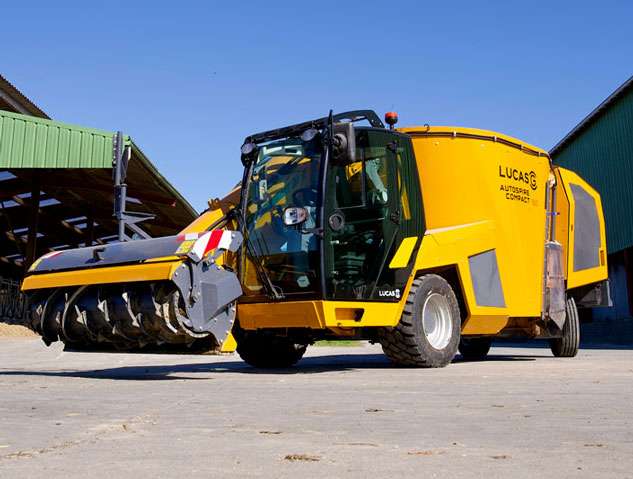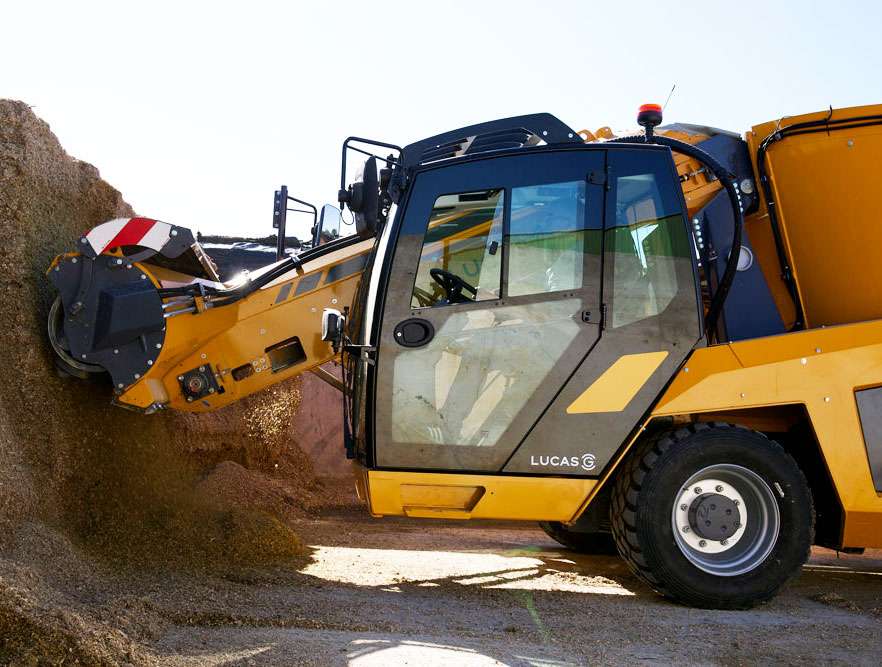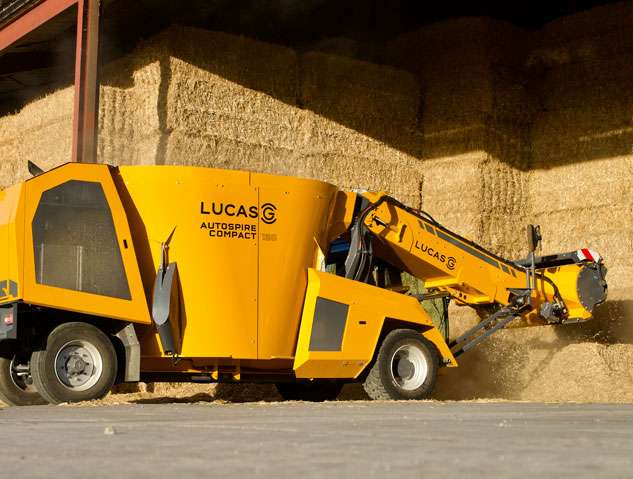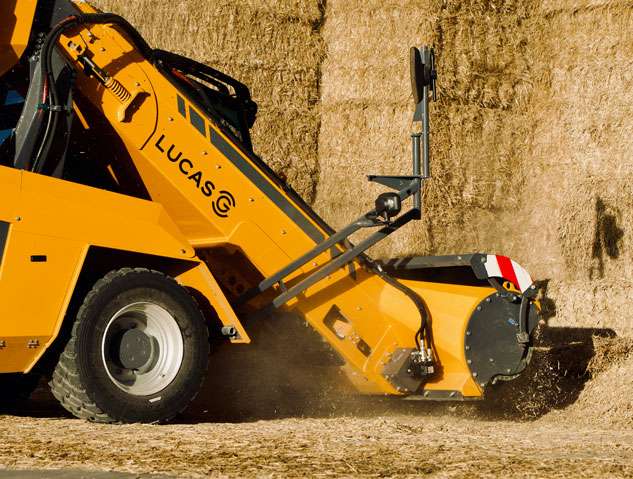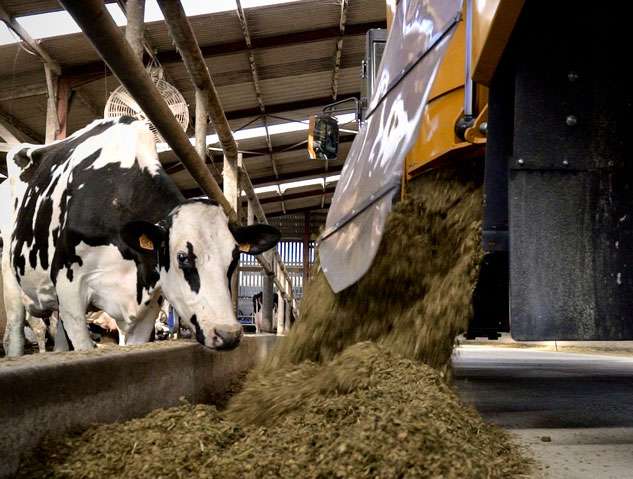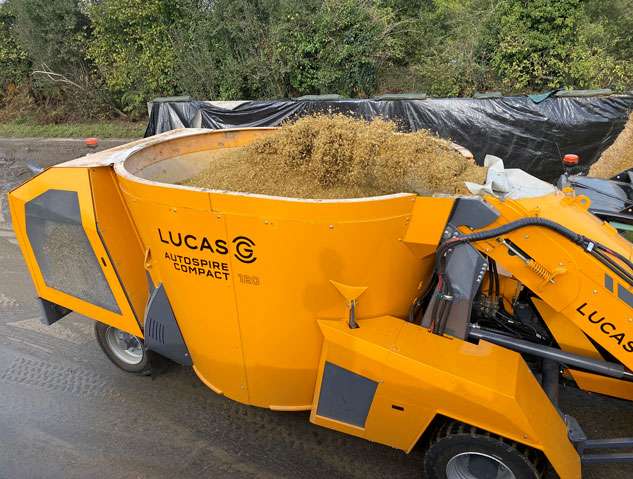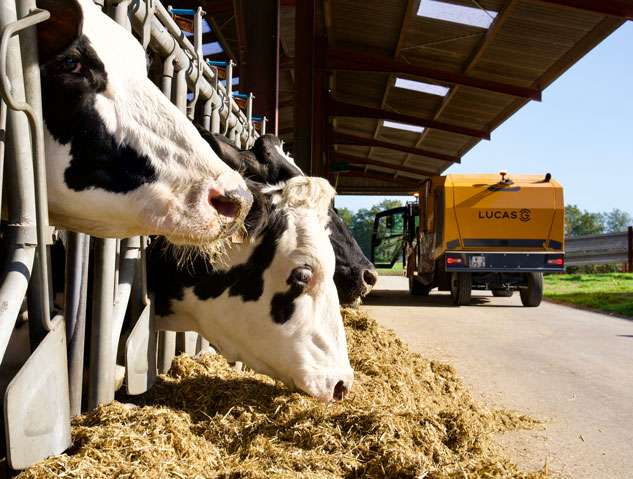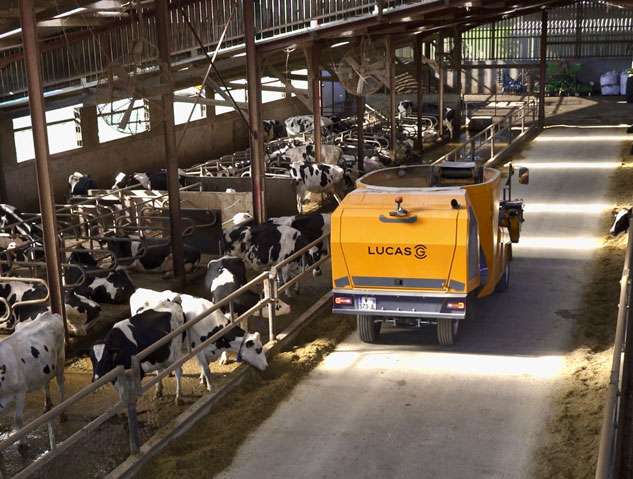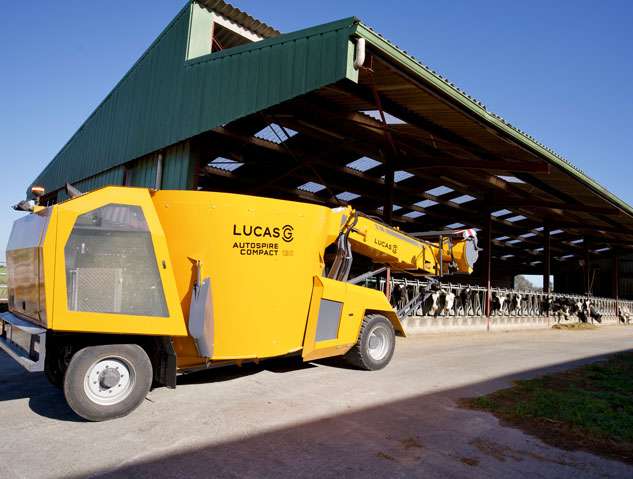 The story of Claude Fruchet and the Lucas G brand began eleven years ago, when the strong-willed farmer became a cooperative driver. "When we decided to form a group, I was one of the first to want to go for a Lucas G Autospire. It's a local company, so it was important to me", he explains.
The story of Claude Fruchet and the Lucas G brand began eleven years ago, when the strong-willed farmer became a cooperative driver. "When we decided to form a group, I was one of the first to want to go for a Lucas G Autospire. It's a local company, so it was important to me", he explains.
Three self-propelled silage unloaders in eleven years, 1200 hours of use per year. So he knows the Autospire inside out! "I've always said that I could make a mixing with my eyes closed", he adds.
Although his work with the cooperative has just come to an end, Claude continues to lend a hand to his son, who has set up a GAEC on the family farm. "And now we're going to continue to put our faith in Lucas, because we've bought the prototype of the Compact", says the farmer, who celebrates his 60th birthday in June.
Because beyond being a 'simple' user, Claude has gradually become a tester for the Lucas G brand. "At Lucas, I have people I trust and with whom I've always had a dialogue. They've always listened. It's a relationship based on trust", he explains. So it was only natural that he agreed to test the Autospire Compact, the brand's new self-propelled silage unloader.
In the photo on the right, Claude Fruchet visits Bâtiment 4,
in Vendée, where the Autospire Compact is built.
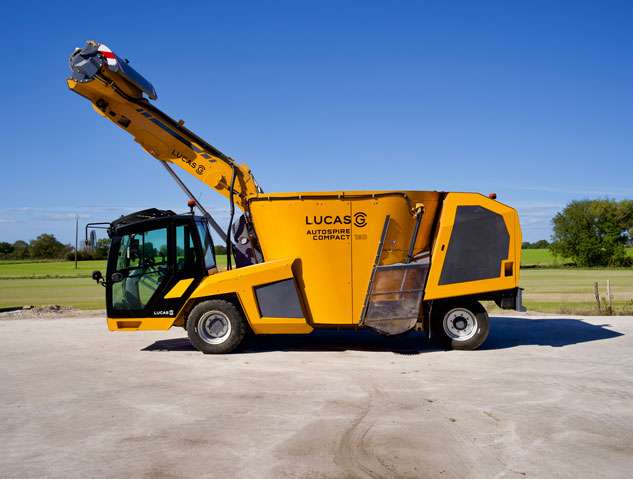 So, what's the verdict?
So, what's the verdict?
In his opinion, what best characterises the Compact is the word 'simplicity'.
The controls, for example. "It's very simple because the controls are direct and don't use a touch screen or several functions on the same button. There's one button to turn the mill on, one to turn it off, and several possible speeds if you wish by pressing the button for a longer or shorter time. The joystick is linked to a system of cables to raise and lower the mill. Pull the joystick and the mill rises, lower the joystick and the mill falls. It's as simple as can be", explains Claude.
The same goes for the forward made by a pedal. "It's well designed. There's a pedal and you press it. The harder you press, the further you go, and vice versa, with two different speeds. As soon as you lift your foot, the machine stops. There's nothing complicated about it. The reverser is on the left. You can put it in forward or reverse. When it's in neutral, the machine stops", he explains.
This simplicity is one of the reasons why it's so easy to get to grips with: "It took me 15 days or 3 weeks to get to grips with my first machine. But with the Compact, if I'd had exactly the same tour as back then, I think I'd have been up and running in three days".
20 minutes to feed 80 dairy cows in a single pass
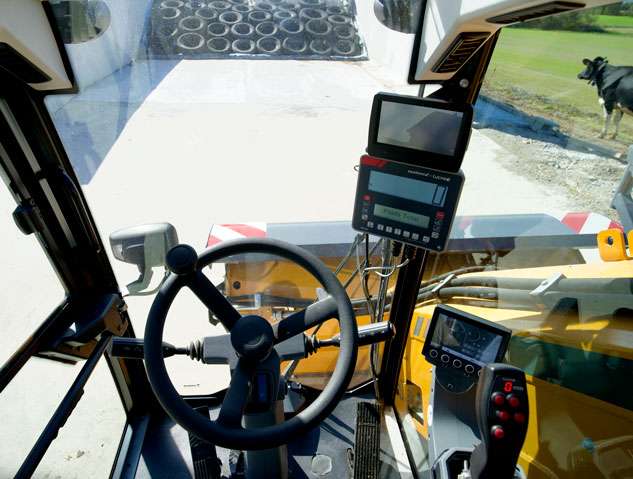 Another highlight is the fully glazed cab, which gives a 360° view.
Another highlight is the fully glazed cab, which gives a 360° view.
"Having a view like this is what every farmer who buys new equipment wants. Sight is life", jokes Claude. He adds: "With the Compact, the advantage is that you can see everywhere. You can see the mill clearly, whether it's on your left or right, under your feet or in the air. It's an added safety feature, and saves you a few scares when you have to drive along walls, for example".
And what about performance? "In silage, no worries, it's going really well. With the 12 m3 model, I can put out 4.5 tonnes of ration. Perfect for feeding 80 dairy cows in a single pass", notes Claude.
His experience with the Lucas G brand, as well as his experience of the Compact, give him a few tips for new users.
"When you're silage unloading, you have to let the Compact do the work. You mustn't get it into your head that you're going to make it swallow 40 cm in one go - that's impossible. So you need to be patient. With patience, you end up with a silage unloading wall that's as smooth as a concrete wall, with a nice clean cut. Thanks to this machine, we don't break the size of the silo, we don't aerate it. And just like that, our silage is fresh the next day. No air or water gets in.
As for distribution, Claude recommends not rushing to achieve optimum results."
From a distribution point of view, Claude recommends not rushing to achieve optimum results.
"With the Compact, I distribute in 2 or 3 minutes. I go more slowly to get something that's even and clean. You have to give the machine time to unload. The distribution trapdoor isn't as wide as with the Autospire Performance, which is logical, so of course you have to go more slowly. Another tip: don't open the trapdoor too wide. Some people will say I'll open it wide to go faster, but they won't get the same consistency. On the other hand, if you don't open the trapdoor all the way, you'll get a smoother ride over a longer distance."
The Compact has three mixing speeds. Here again, Claude makes a few recommendations: "During the whole loading process, I leave the machine at speed 2, then at the end, I switch to speed 3, to get a homogeneous mix quickly. Of course, you have to take into account the silage and its humidity level - I use corn silage, grass silage and concentrates - but by doing this, I'd say that in 4/5 minutes, my mix is well done. And if you have a very homogenous mix, it's always easier to distribute".
To conclude, if Claude had to sum up the Compact? "If I had a slogan, it would be: 'This little one has all the qualities of a big one'", he laughs.
A nice compliment when you consider that the farmer is more inclined to point out what doesn't work in general than what does work. "It's in my nature", he admits with a smile.
